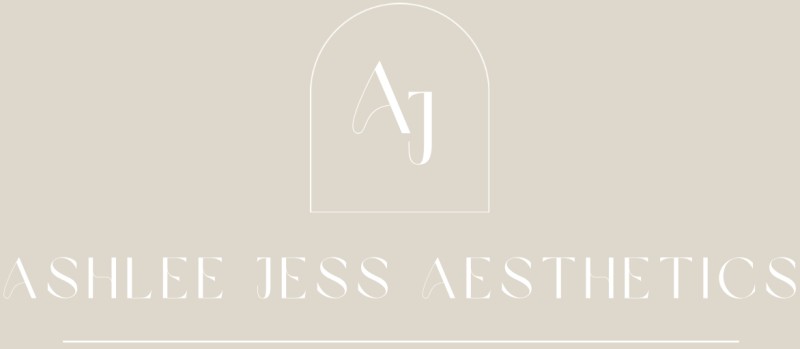What actually is Dermal Filler?
Dermal fillers are gel-like substances injected beneath the skin to restore lost volume, smooth lines, and enhance facial contours. They are
commonly used in cosmetic treatments to address signs of aging, as well as to enhance and balance facial features. Unlike botulinum toxin,
which relaxes muscles, dermal fillers work by physically adding volume to targeted areas.
What Are Dermal Fillers Made Of?
There are several types of dermal fillers, but the most commonly used in aesthetics are made from hyaluronic acid (HA). HA is a
naturally occurring sugar molecule found in the skin that helps retain moisture and keep tissues hydrated and plump. Other types of fillers
include:
• Calcium hydroxylapatite (CaHA) – A thicker filler that stimulates collagen production, often used for deeper wrinkles.
• Poly-L-lactic acid (PLLA) – A biostimulatory filler that encourages collagen production over time.
• Polymethyl methacrylate (PMMA) – A semi-permanent filler that provides long-lasting support.
Please note at Ashlee Jess Aesthetics we only use hyaluronic acid dermal fillers. Hyaluronic acid fillers are the most popular because they
are reversible, provide natural-looking results, and integrate well with the skin.
What Are Dermal Fillers Used For?
Dermal fillers are highly versatile and can be used for:
1. Restoring Volume Loss
As we age, we naturally lose fat, collagen, and bone structure in the face, leading to hollowed or sagging features. Fillers can restore
lost volume in areas such as:
• Cheeks
• Temples
• Under the eyes (tear troughs)
2. Smoothing Wrinkles and Folds
Some lines and wrinkles form due to volume loss rather than muscle movement. Fillers can soften:
• Nasolabial folds (smile lines)
• Marionette lines (lines from the corners of the mouth downward)
• Fine lines around the lips
3. Enhancing Facial Features
Dermal fillers are also used to add structure and balance to facial features, including:
• Lips – Adding volume or defining the border.
• Chin – Improving projection and definition.
• Jawline – Enhancing contour and sharpness.
• Nose (Non-Surgical Rhinoplasty) – Correcting minor irregularities or lifting the nasal tip.
How Long Do Dermal Fillers Last?
The longevity of fillers depends on the type used, the treatment area, and individual metabolism. On average:
• Hyaluronic acid fillers last between 6–18 months.
• Calcium hydroxylapatite fillers last around 12–18 months.
• Poly-L-lactic acid fillers can last 2+ years by stimulating collagen production.
Are Dermal Fillers Safe?
When performed by a trained professional, dermal fillers are generally safe. However, as with any injectable treatment, there are risks,
including:
• Temporary swelling, bruising, or redness at the injection site.
• Uneven results if not placed correctly.
• In rare cases, vascular complications if filler is injected into a blood vessel.
To minimise risks, it’s crucial to see an experienced practitioner who understands facial anatomy and proper injection techniques.
The Takeaway
Dermal fillers are a non-surgical solution for restoring lost volume, smoothing wrinkles, and enhancing facial contours. With
natural-looking and customizable results, they offer a popular and effective way to rejuvenate and refine the face.
At Ashlee Jess Aesthetics we will always take you through the possible risks and complications before treatment.
About Ashlee Jess Aesthetics
Ashlee Jess Aesthetics is Mooloolaba's premier destination for transformative cosmetic injectables treatments. Specialising in anti-wrinkle,
dermal filler, and bio-remodeling procedures, our clinic offers a comprehensive range of services designed to enhance natural beauty and
promote skin health.
BOOK
NOW
BOOK
NOW




